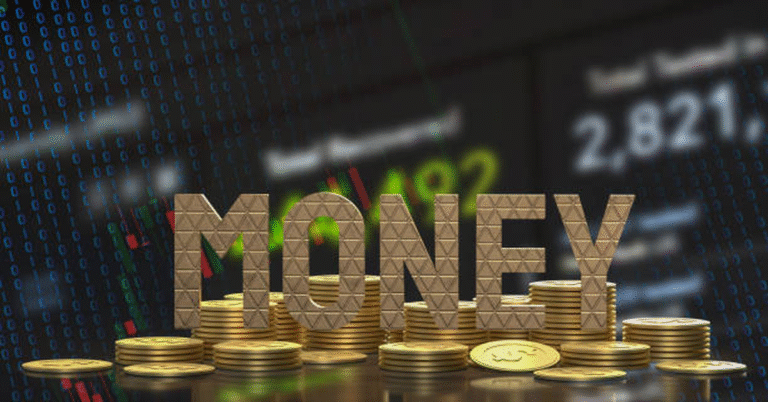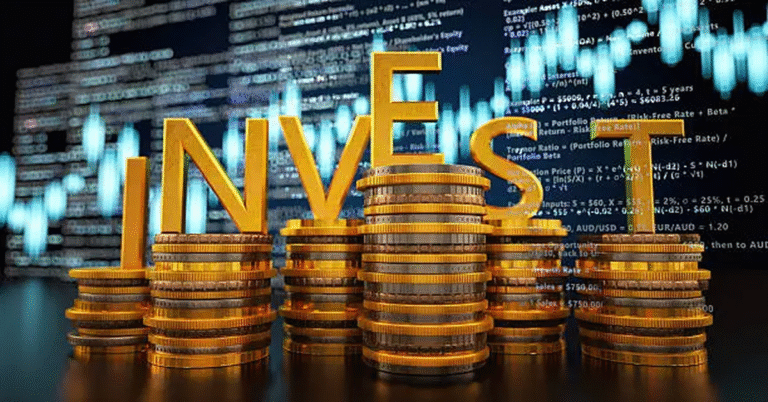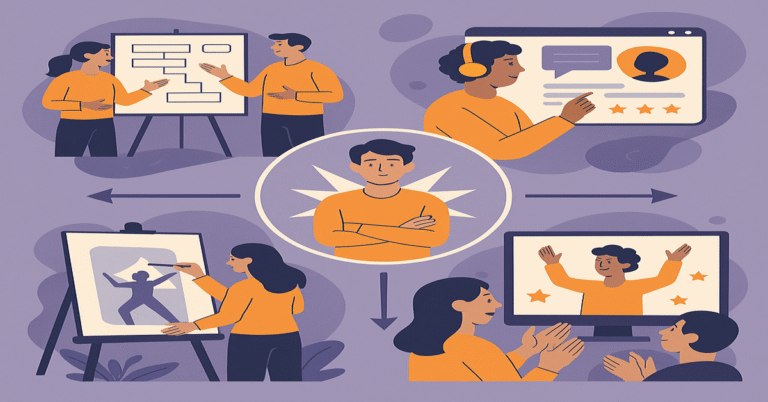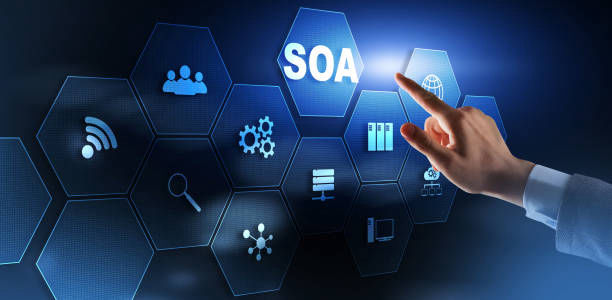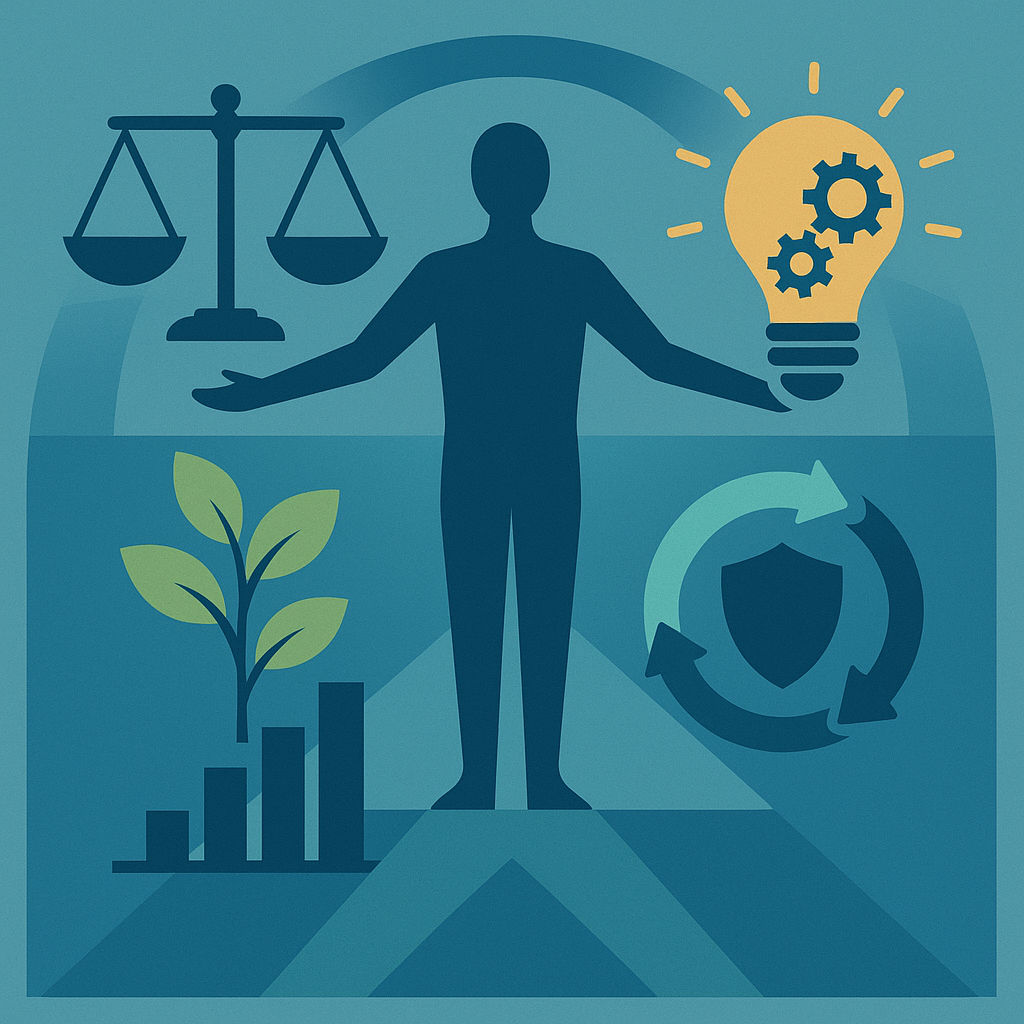
The phrase Mariano Iduba may at first seem abstract, but it can be approached as a conceptual framework that combines philosophy, structure, and practice. Like many modern models designed to bring clarity in complex systems, Mariano Iduba can be imagined as a guiding principle for balance, growth, and sustainable action.
When examined deeply, Mariano-Iduba emerges as more than just a term. It represents an integrated methodology that blends personal growth with organizational development, while also considering sustainability, innovation, and resilience. By exploring it in detail, we can uncover lessons applicable to individuals, businesses, education, healthcare, and technology.
The Meaning of Mariano Iduba
Conceptual Breakdown
To understand Mariano-Iduba, we can break it into symbolic elements:
- Mariano: Rooted in ideas of leadership, clarity, and identity. It represents the individual or entity striving toward excellence.
- Iduba: Symbolizes integration, depth, unity, balance, and advancement. It is the system or framework that supports progress.
Together, Mariano-Iduba becomes a model for structured development where personal identity and collective systems harmonize for long-term success.
The Core Principles of Mariano Iduba
1. Identity and Leadership
Mariano-Iduba emphasizes identity—understanding who you are, what you stand for, and how you lead.
2. Balance and Harmony
The “Iduba” side stresses balance: between work and life, efficiency and creativity, tradition and innovation.
3. Sustainability
Like any strong framework, Mariano-Iduba integrates sustainability to ensure long-term stability, both environmentally and socially.
4. Innovation
It encourages new approaches to old problems, helping individuals and organizations remain future-ready.
5. Resilience
Mariano-Iduba recognizes challenges and failures as stepping stones, highlighting the importance of recovery and persistence.
Structure of Mariano Iduba
Table: The Five Layers of Mariano Iduba
| Layer | Description | Application |
|---|---|---|
| Identity | Core self or organization | Defines vision and values |
| Balance | Equilibrium in systems | Work-life balance, resource use |
| Sustainability | Long-term survival | Eco-friendly actions, scalable growth |
| Innovation | Creative advancement | Technology, process improvement |
| Resilience | Adaptation & recovery | Crisis response, problem-solving |
This layered structure shows how Mariano-Iduba is not linear but cyclical, feeding one principle into another.
Applications of Mariano Iduba
In Business
Businesses can use Mariano-Iduba to align leadership, innovation, and resilience with sustainability.
Table: Business Applications
| Principle | Business Example | Outcome |
|---|---|---|
| Identity | Clear mission statement | Brand loyalty |
| Balance | Flexible work schedules | Higher productivity |
| Sustainability | Green manufacturing | Better reputation |
| Innovation | New product development | Market expansion |
| Resilience | Crisis management strategies | Long-term survival |
In Education
In education, Mariano-Iduba emphasizes identity (student-centered learning), balance (curriculum design), sustainability (lifelong learning), innovation (digital tools), and resilience (support systems for students).
In Healthcare
Hospitals can benefit by applying identity (patient-first care), balance (staff well-being), sustainability (resource efficiency), innovation (telemedicine), and resilience (pandemic preparedness).
In Technology
Tech companies align well with Mariano-Iduba because of its emphasis on innovation, identity (brand differentiation), and resilience (data security).
In Personal Development
On an individual level, Mariano-Iduba becomes a guide for time management, self-discipline, creativity, and adaptability.
Advantages of Mariano Iduba
- Holistic Approach: Integrates leadership, innovation, sustainability, and resilience.
- Universal: Applies across industries and personal life.
- Future-Oriented: Focused on long-term balance and growth.
- Practical and Flexible: Can be adapted to small teams or global organizations.
- Value-Driven: Rooted in ethical principles of harmony and responsibility.
Challenges of Mariano Iduba
- Complexity: The multi-layered structure may overwhelm beginners.
- Implementation Costs: Requires training and awareness for effective adoption.
- Resistance to Change: Traditional systems may resist new frameworks.
- Measurement Issues: Intangible aspects like harmony are hard to quantify.
Mariano Iduba Compared With Other Frameworks
| Framework | Focus | Difference from Mariano Iduba |
|---|---|---|
| Lean | Efficiency | Mariano Iduba integrates identity and resilience |
| Six Sigma | Quality control | Mariano Iduba includes harmony and sustainability |
| Balanced Scorecard | Strategic goals | Mariano Iduba adds personal identity and adaptability |
| Mariano Iduba | Identity + Balance + Innovation + Sustainability + Resilience | Holistic, universal, and value-driven |
Step-by-Step Implementation of Mariano Iduba
Step 1: Define Identity
Clarify values, vision, and goals.
Step 2: Establish Balance
Create equilibrium between competing priorities.
Step 3: Integrate Sustainability
Adopt eco-friendly and ethical practices.
Step 4: Encourage Innovation
Foster creativity and adaptability.
Step 5: Build Resilience
Train for crisis management and adaptability.
Case Study: Mariano Iduba in Action
A mid-sized non-profit organization integrated Mariano-Iduba by:
- Redefining its identity through a clear mission statement.
- Creating balance via flexible work structures.
- Embedding sustainability in resource use.
- Encouraging innovation through digital fundraising tools.
- Building resilience by preparing for financial uncertainties.
Within two years, donations increased, employee satisfaction improved, and the non-profit gained recognition for ethical practices.
Conclusion
Mariano-Iduba represents a comprehensive philosophy of growth, harmony, and resilience. With its five key principles—identity, balance, sustainability, innovation, and resilience—it provides a universal roadmap adaptable to individuals, businesses, education, healthcare, and technology.
In an increasingly complex world, Mariano-Iduba reminds us that success requires clarity of identity, balance in priorities, creativity in action, and resilience in challenges. It is not just a model—it is a way of thinking that brings order, harmony, and vision into our lives.
FAQs
Q1. What is Mariano Iduba?
Mariano-Iduba is a conceptual framework built on identity, balance, sustainability, innovation, and resilience.
Q2. Is Mariano Iduba industry-specific?
No, it is a universal model adaptable across business, education, healthcare, technology, and personal growth.
Q3. How does Mariano Iduba differ from Lean or Six Sigma?
Unlike Lean or Six Sigma, it integrates identity, harmony, and resilience alongside efficiency and quality.
Q4. Can individuals apply Mariano Iduba in daily life?
Yes, individuals can use it for time management, personal growth, resilience, and balanced living.
Q5. What is the main benefit of Mariano Iduba?
Its biggest strength is its holistic, value-driven approach that balances long-term growth with harmony and resilience.

